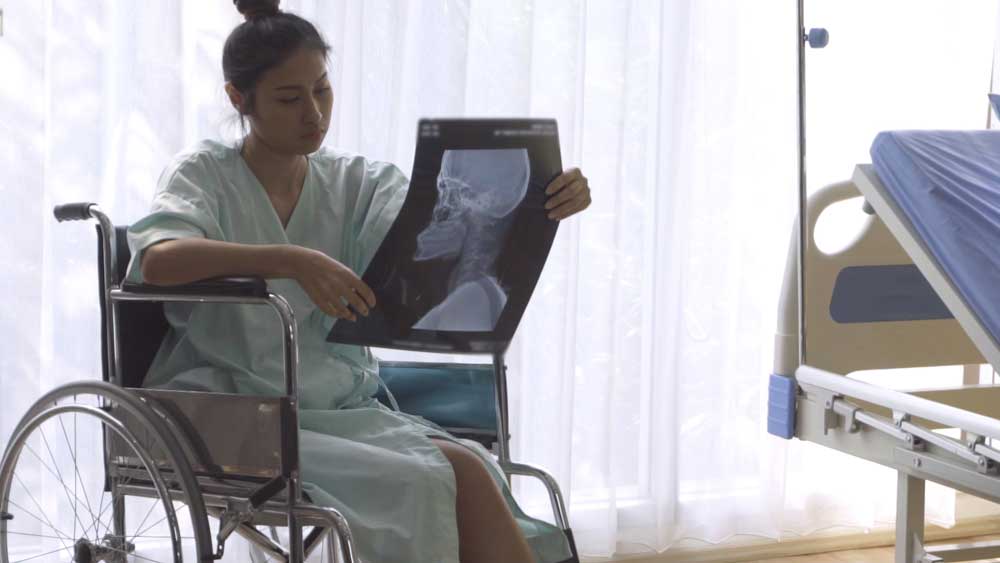
Selinger Law Group obtains $15.5 million verdict for brain injury
November 19, 2021
Selinger Law Group obtains $15.5 million verdict for brain injury
November 19, 2021There are several stages in a lawsuit. At the time of filing, a summons and complain is prepared against all proper defendants. It is usually filed in the county where the act occurred or where the defendant resides. The complaint is then served to the defendant(s), in which the defendant(s) will then provide what is called an answer. These “pleadings” state what the general allegations are and what the defendant(s) did wrong. The answer will usually contain standard defenses.
The next phase of litigation is discovery. During this time, the parties exchange all medical records, reports, statements, witnesses, and expert information, which are required to be produced. Additionally, specific personal information about the plaintiff is shared with the defense. Depositions, or pre-trial examinations, will then take place, where the opposing attorney will ask you questions under oath in your attorney’s office or the defendant’s attorney’s office. A court reporter will be present to transcribe questions and their responses. You should be fully prepared for your deposition beforehand, and your attorney will usually go over the procedures and prepare you.
After discovery is complete, there are several possible routes for the lawsuit. There might be motions that could result in the dismissal of your case or that could result in wiping out certain defenses that the insurance company may use. After the motions are decided, or if there are no motions, the case will be set for trial. In New York, on average, it can take 6-18 months to start the trial once the case is certified as “trial ready.”
In addition to the traditional litigation process, there are other methods of resolving legal disputes outside of the courtroom, which can less expensive, faster, and less adversarial than going to trial. These methods include two types of alternate dispute resolution: mediation and arbitration.
Mediation consists of a meeting between the plaintiff, the defendant, their attorneys, and a mediator, who is typically a neutral attorney or a retired judge. The parties will present their contentions and discuss the possibility of settlement. Customarily, offers and counteroffers are exchanged until either a settlement is reached or the parties agree to disagree and move to trial. As mediations are non-binding, parties are not obligated to continue the process and a decision cannot be imposed on either party.
Arbitration involves the submission of the dispute to an arbitrator, also typically a neutral attorney or former judge, who will decide the outcome of the dispute involving limited testimony and evidence. The arbitrator’s decision is typically binding, and so the parties must accept and abide by the decision. This process is usually faster and less expensive than a traditional lawsuit, and the decision is usually final and not subject to appeal. The arbitrator will hear evidence from both sides and make a decision based on the law and the facts presented.

